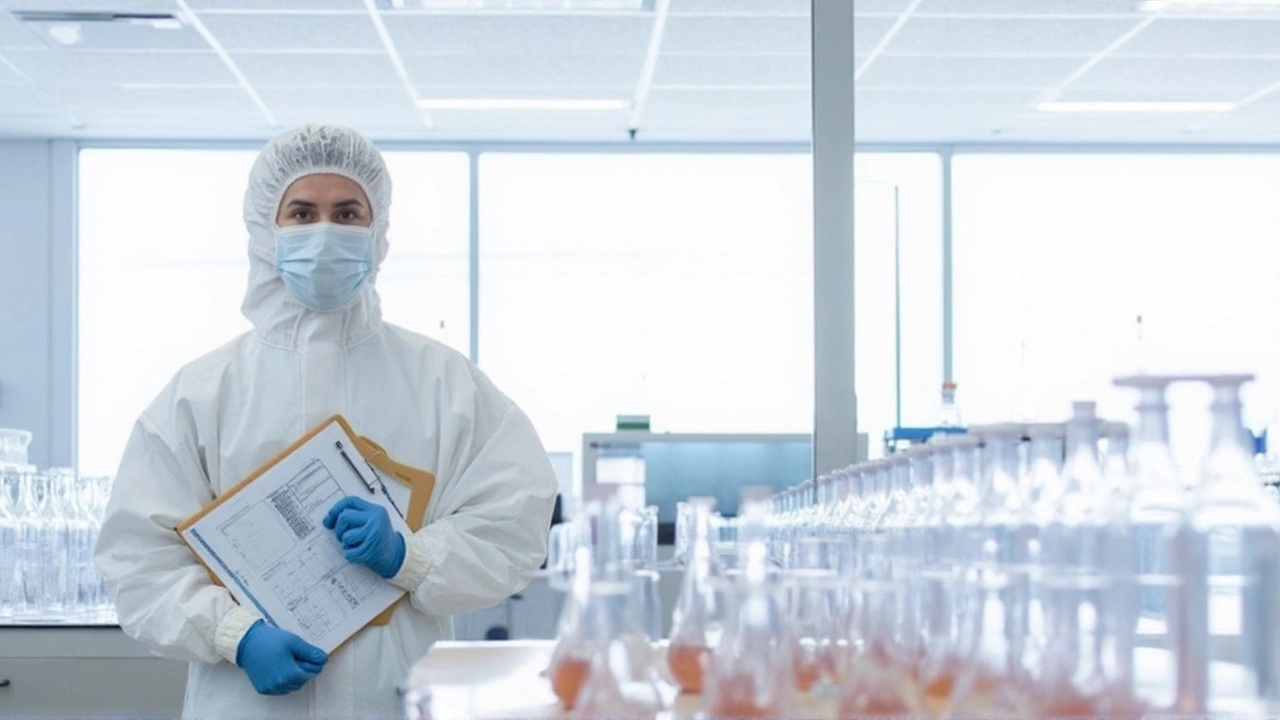Groundbreaking Discovery at Wuhan Institute of Virology
In a new development from renowned virologist Dr. Shi Zhengli and her team at the Wuhan Institute of Virology, scientists have uncovered a potentially significant new bat-derived coronavirus, HKU5-CoV-2. This discovery took place in February 2025 and is already stirring discussions among experts and health authorities worldwide.
The novel virus shares structural features with SARS-CoV-2, including the ability to bind to human angiotensin-converting enzyme 2 (ACE2) receptors. The ACE2 receptors are familiar due to their crucial role as the entry point SARS-CoV-2 used to infect human cells during the COVID-19 pandemic. Understanding this mechanism provides significant insights into viral transmission risks and necessary preventive frameworks.

Examining Risk and Transmissibility
While HKU5-CoV-2 demonstrates an affinity for these crucial receptors, initial findings suggest its binding affinity to human ACE2 is lower when compared to the original COVID-19 virus. This reduced affinity might indicate a decreased potential for human transmission, reassuring in terms of immediate zoonotic spillover concerns.
The virus belongs to the Merbecovirus subgroup, a family of viruses that also includes the Middle East Respiratory Syndrome (MERS) coronavirus. The reservoir for this virus appears to be Japanese pipistrelle bats found in Hong Kong, underscoring the diversity and complexity of coronaviruses in various bat populations.
Published in the esteemed scientific journal Cell, this research renews concerns about potential spillovers from animals to humans. Ongoing vigilance is essential for understanding and combating such emerging threats. The study also reignites the global debate about laboratory biosafety and the meticulousness required in viral research, particularly when set against the backdrop of the Wuhan Institute's contentious role in theories about COVID-19's origins.
Global health organizations, including the CDC, have been quick to address concerns by assuring the public that HKU5-CoV-2 currently poses no immediate threat to human health. However, they emphasize continuous monitoring and exploration, recognizing the unpredictable nature of cross-species viral transmission.
The emergence of HKU5-CoV-2 serves as a poignant reminder of the delicate balance between ongoing scientific inquiry and the need for robust safety protocols. These preparatory steps ensure both the safety of the public and the progression of valuable research in the complex world of virology.
